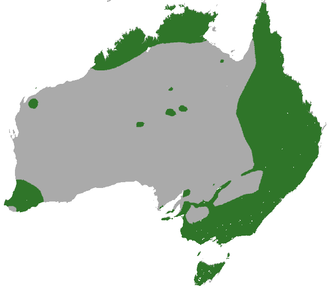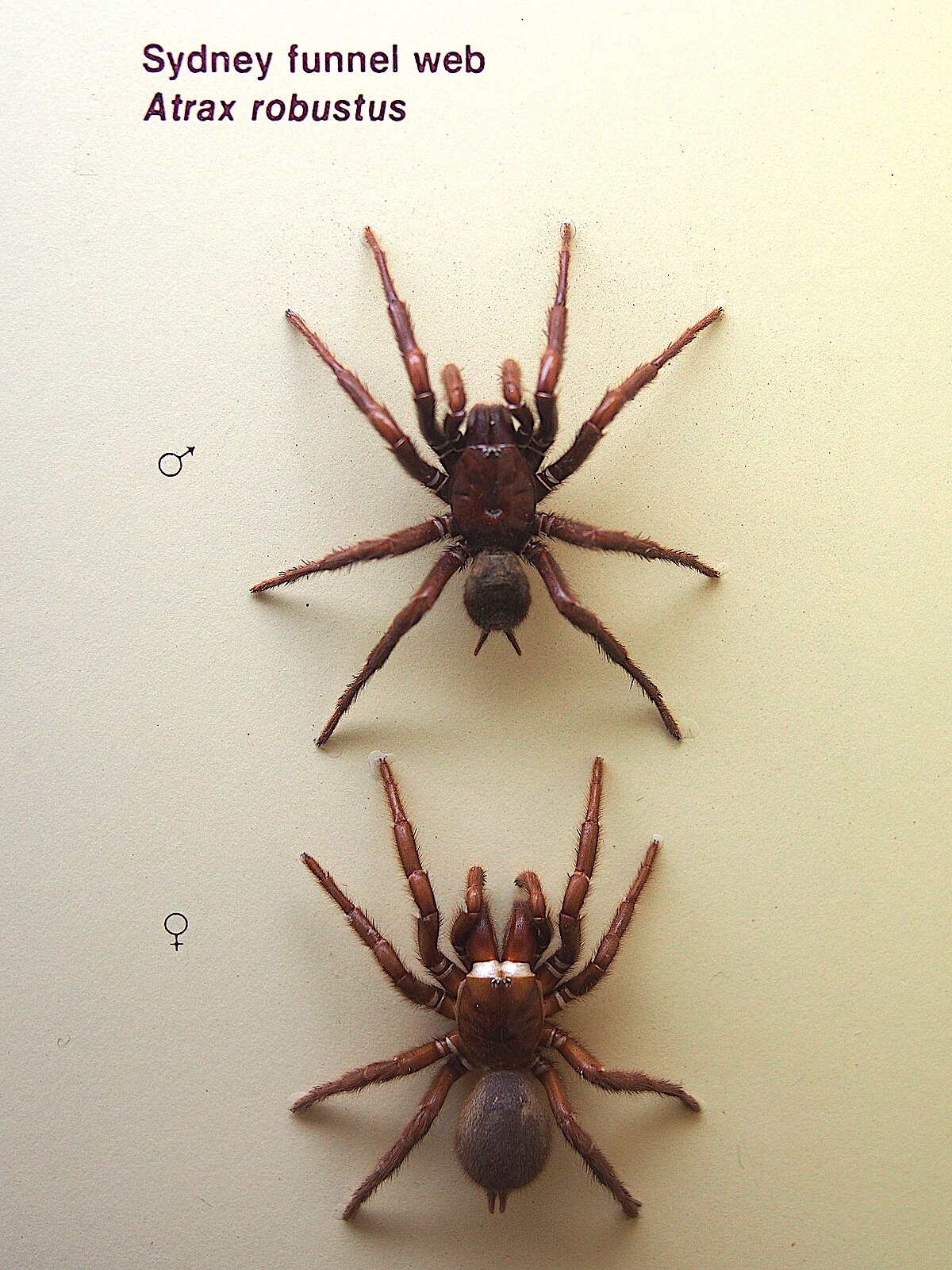Hello Reader,
Hiding in the garden there is the trapdoor spider. But a big group is call that way, even not all having a door in their burrows.
Far to be dangerous, only painful, this spider you can keep close sins they will help get ridden of pests in you garden. Just don’t bother them to much, they will be aggressive. The specimens brown are commonly mistake with funnel-web spiders, but they have a dor in they borrow and the funnel-web don’t, you also can notice the vast stream of web around the burrow of the funnel-web spider, in comparison with the trapdoor spider just have some wires that are barely notable.
Is difficult to notice their burrow without the door been open. The burrow is the same for life, conforming the spider grows she will scaving the burrow and increasing the size of the door.
Males will abandon their burrow in humid weather to look for partners, and normali they scape been eaten and mate with a diversity of females before dying.
Females don’t go to far from their burrows. They lay their eggs inside the lair, feeding the youngster during some months until they will leave and make their one burrow.
You belive spider don’t live to much? A lot of spider don’t survive more than one ear, some can even dure 2 ears, even 5, but nothing longueur? Well the Trap door spider can live between five and 20 years. They take ears to mature. But even live so long they are not a good pet, since they are to aggressive for that.
Kingdom> Animalia
Phylum> Arthropoda
Class> Arachnida
Order> Araneae
Suborder> Mygalomorphae
~Catch you later
References:
http://www.australiangeographic.com.au/topics/wildlife/2012/08/australian-spiders-the-10-most-dangerous
https://animalcorner.co.uk/animals/trapdoor-spider/
http://animaldiversity.org/accounts/Conothele/classification/
http://www.spiders.com.au/trapdoor-spider.html
https://en.wikipedia.org/wiki/Mygalomorphae
https://australianmuseum.net.au/image/sydney-brown-trapdoor-spider-female
https://australianmuseum.net.au/image/sydney-brown-trapdoor-spider-misgolas-villosus
https://www.youtube.com/watch?v=rcidv39_KmE
https://www.youtube.com/watch?v=5ZDY13sorGo










